Why are Italian and French wines considered legendary? Uncovering the Secrets of Wine Regions
By: actCoupons | 2025-08-08
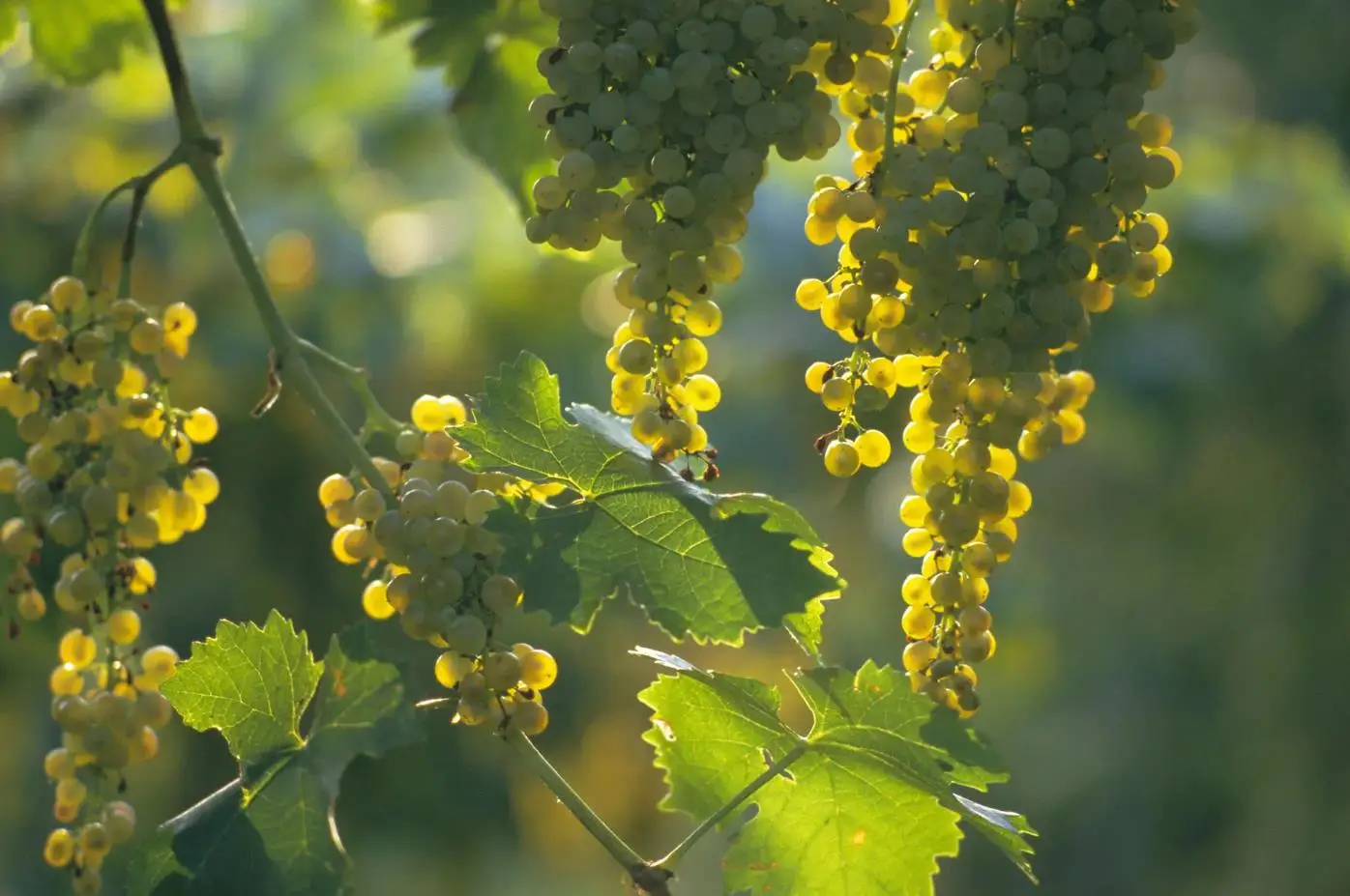
In the foothills of the Alps in Italy's Veneto region, vines stretch their branches and leaves in the sun, producing the world-famous sparkling wine Prosecco.
Hundreds of kilometers away in Burgundy, France, workers in the Romanée-Conti vineyards meticulously tend to their prized Pinot Noir.

Hundreds of kilometers away in Burgundy, France, workers in the Romanée-Conti vineyards meticulously tend to their prized Pinot Noir.
But why do these regions, in particular, produce such exceptional wines?
This brings us to the concept that countless winemakers, scientists, and wine lovers relish: terroir.
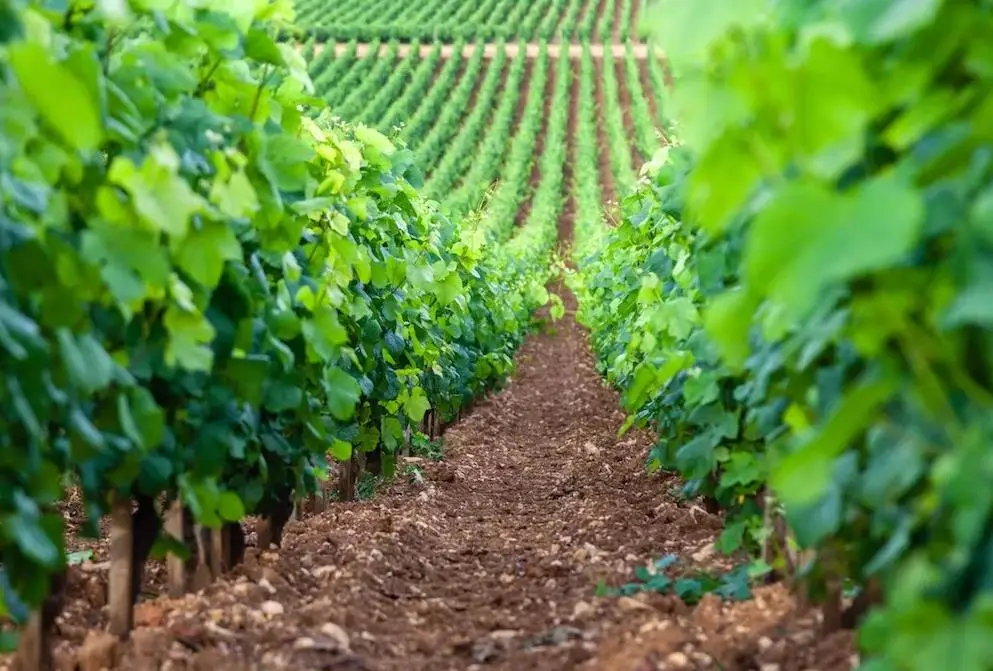
The word "terroir," derived from the Latin "terre" or "territoire," first became modernly defined as "a piece of land defined by its agricultural capacity." The French further extended the term to encompass agricultural production related to a specific region and a wide range of other crops or foods.
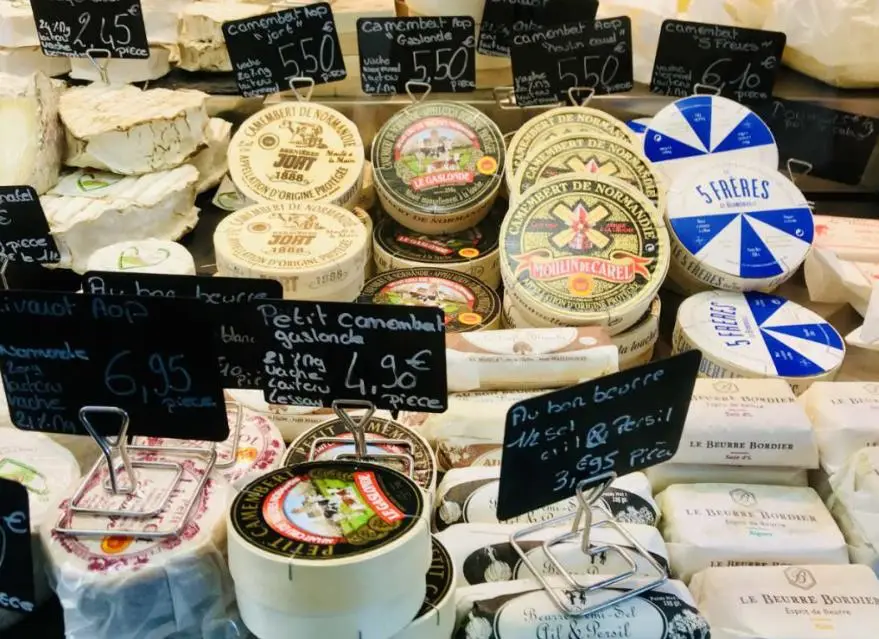
The concept of terroir ultimately led to the establishment of the Appellation d'origine contrôlée (AOC) system in 1935—a French certification system that legally demarcates geographical areas and regulates agricultural products (terroir products).
Terroir is a perfect blend of local soil and human ingenuity. Climate determines grape ripening, soil imparts unique mineral qualities, topography regulates the rhythms of sunlight and wind, and centuries of winemaking tradition transform these natural gifts into the glass.
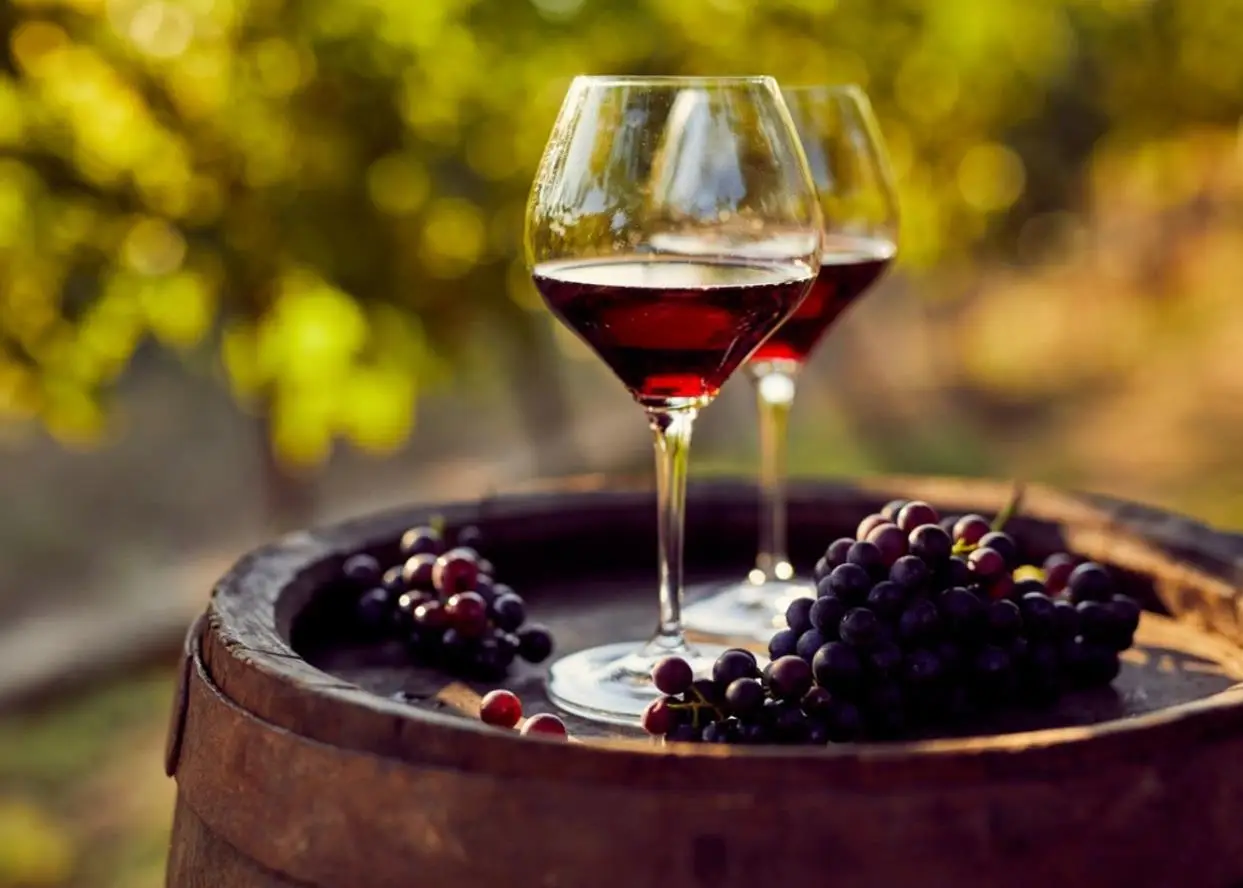
As the saying goes: Wine is a landscape in a bottle.
At the same time, modern science is also attempting to uncover the mysteries of terroir. Researchers have identified over 400 aromatic compounds in wine, but there's little direct evidence that these aromas originate from the soil itself.

Recent research suggests that although mineral nutrients in grapes are present in extremely low concentrations, making them almost impossible to detect directly, they may create the unique flavor we perceive as "minerality" by influencing the formation of organic compounds—perhaps this is partly why some wine tasters claim to be able to "taste the soil."
The differences in wine perception are subtle yet fascinating. Trained tasters can discern subtle differences between vineyard plots, while casual drinkers may be more susceptible to psychological influences.
A glass of Burgundy Pinot Noir might bring back happy childhood harvest memories for one person, while another might find it unremarkable.

This subjectivity, far from diminishing the value of Terroir, adds to the richness of wine culture.
Of all the elements of Terroir, climate undoubtedly plays a leading role. Most of the world's wine-producing regions are concentrated within a narrow band with average growing-season temperatures between 12 and 22 degrees Celsius, and each grape variety has its own more precise "temperature comfort zone."
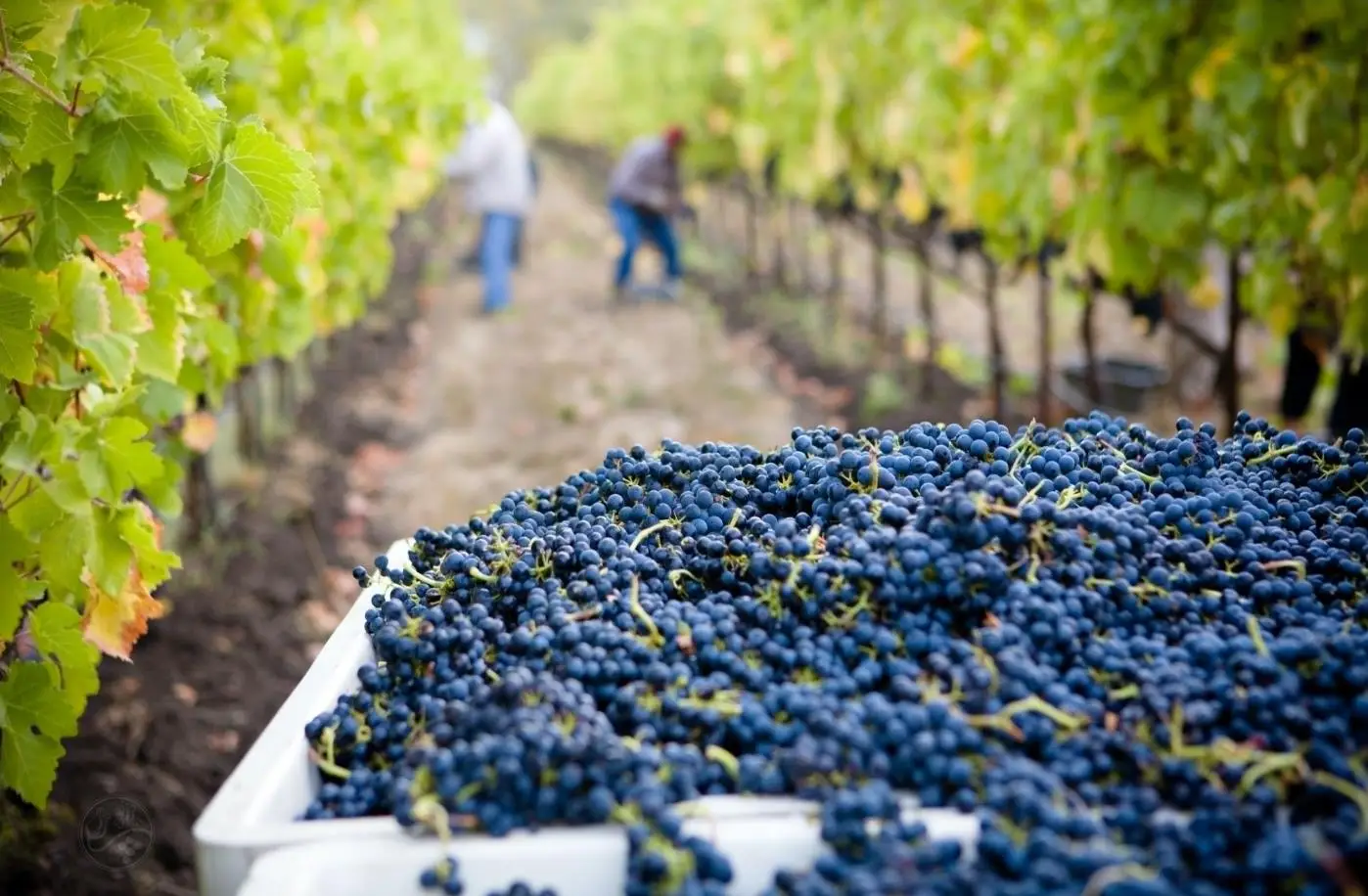
Grape varieties best suited to cool climates tend to produce wines with greater finesse, lower alcohol, crisp acidity, lighter body, and often bright fruit flavors. For example, Riesling from cool climates offers invigorating acidity and green apple aromas.
Grape varieties from hot climates, on the other hand, tend to produce wines with greater size, richness, higher alcohol, softer acidity, fuller body, and darker or richer fruit flavors. For example, Syrah from warm regions bursts with rich aromas of ripe blackberry and pepper.
Even the same grape variety can undergo subtle changes in temperature. Pinot Noir, for example, is primarily grown in cool climates, where growing-season temperatures range roughly between 14 and 16 degrees Celsius, such as in Burgundy or northern Oregon.
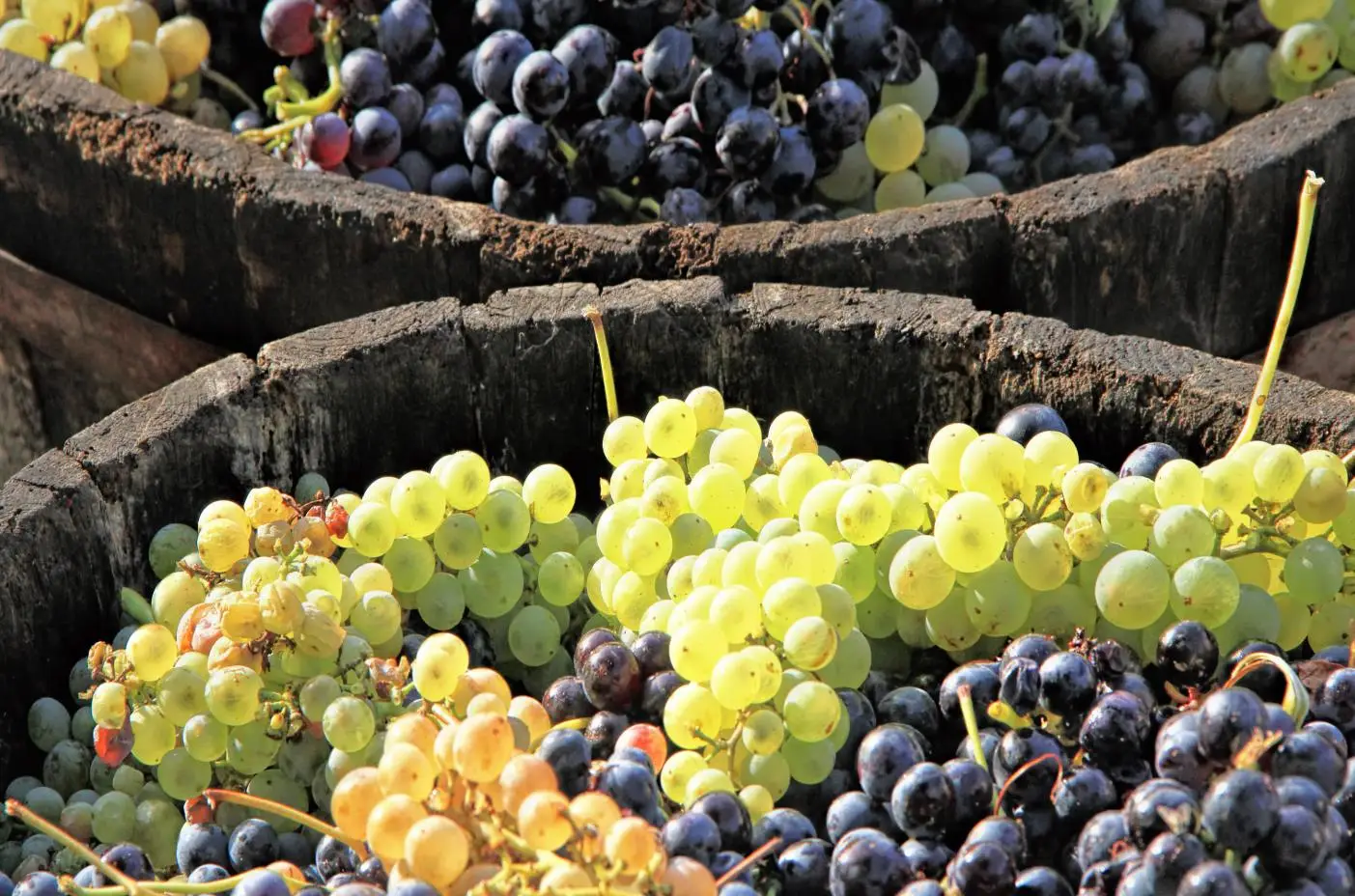
Don't underestimate this two-degree difference. For Pinot Noir, cooler regions produce lighter, more elegant wines, while warmer regions produce fuller, fruit-driven wines.
Some people use latitude as a criterion for comparing climatic suitability for viticulture and wine production. For example, can a wine grown at the same latitude as Bordeaux, using the same varieties, produce wines of the same quality and style?
The answer is certainly no. Bordeaux and Napa Valley share similar latitudes, but their climates differ. Bordeaux's climate is more humid, with relatively cool daytime temperatures and warmer nighttime temperatures.
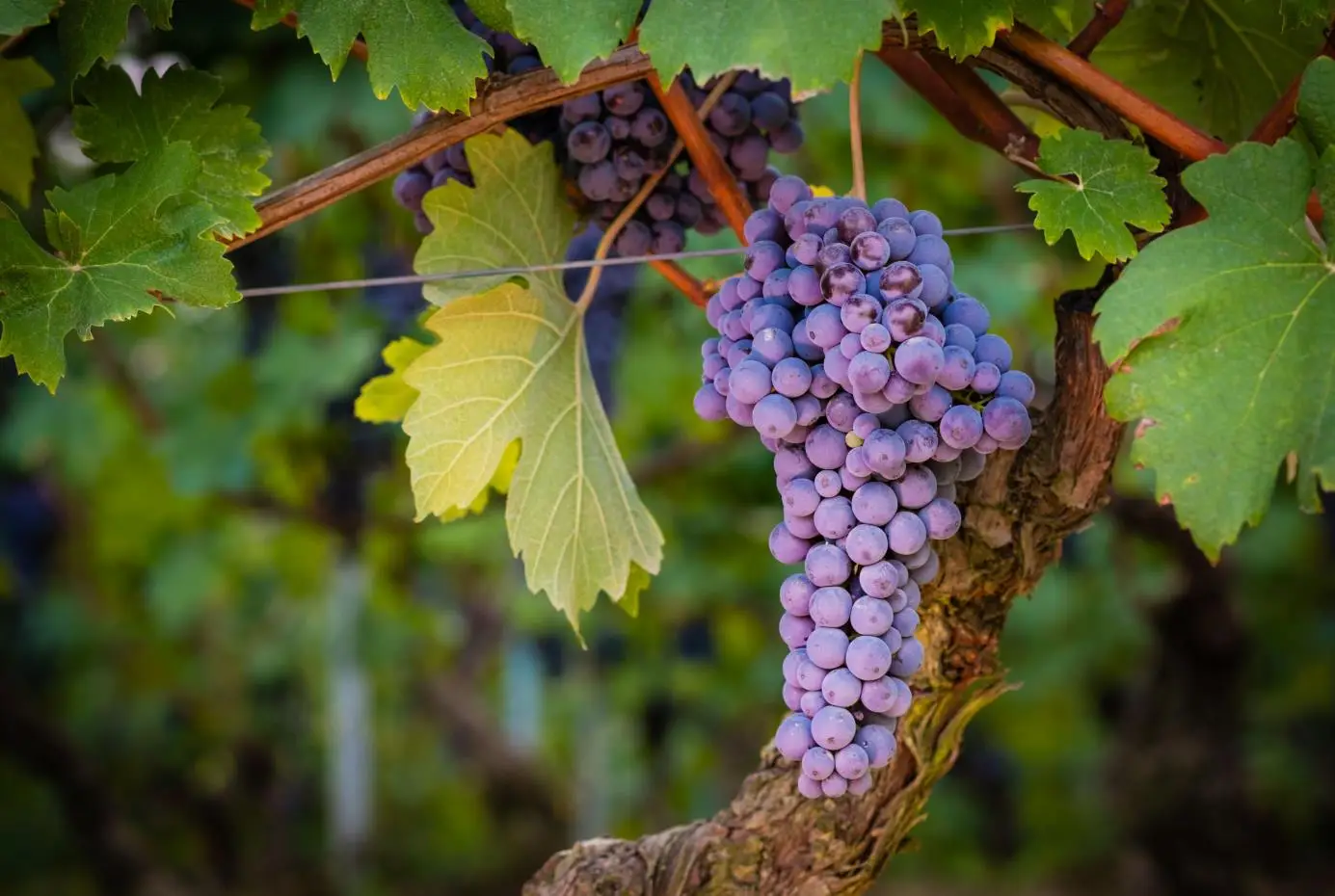
Napa Valley, on the other hand, has lower humidity, resulting in much higher daytime temperatures and much cooler nighttime temperatures.
While both regions are renowned for their Cabernet Sauvignon wines, their flavor profiles differ.
Furthermore, for a long time, it was believed that wine could only be produced in Mediterranean climates.
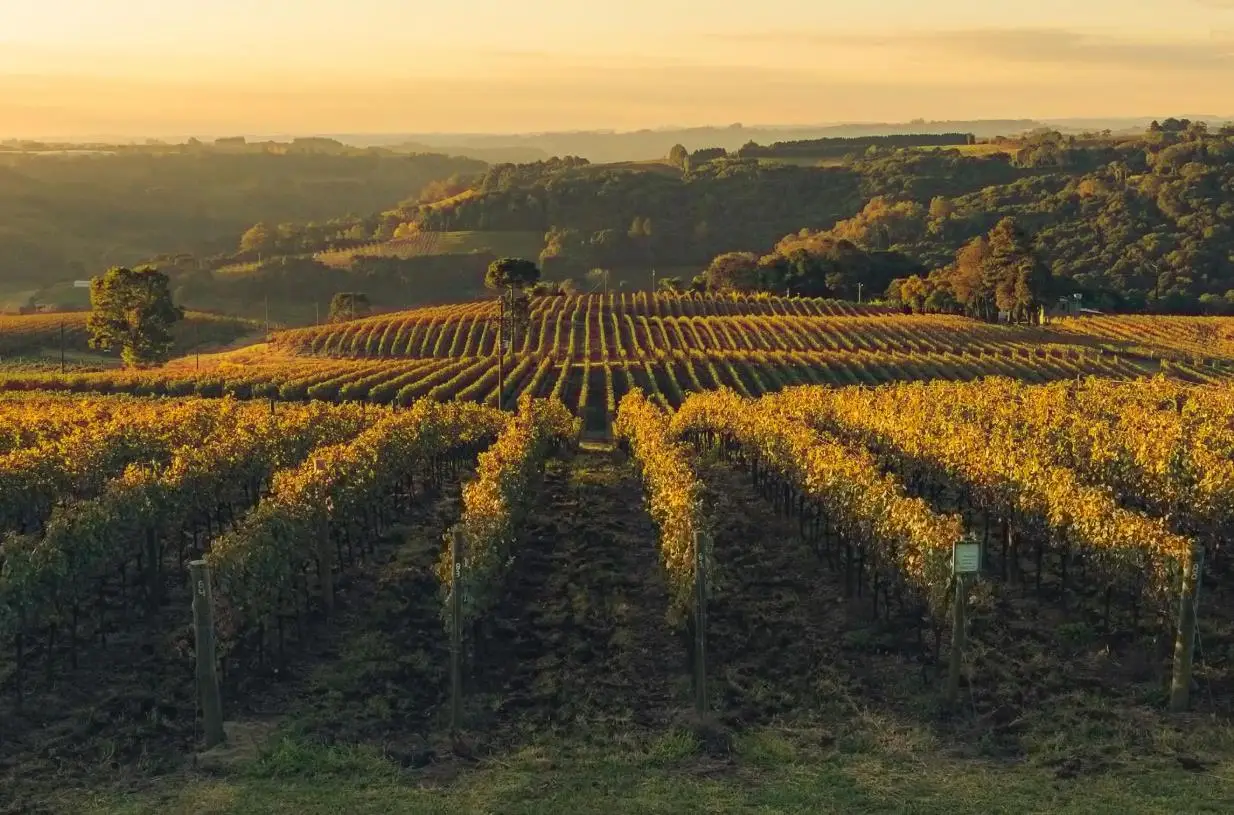
But now, viticulture has expanded to much of the world, with vineyards as far north as Scandinavia (thanks to a warming climate) and even close to the equator, such as in Brazil, where two crops are produced annually.
However, these regions present a much greater risk for growing wine grapes, with potential for winter frosts, untimely rainfall, tropical cyclones, and increased disease risk. This hasn't stopped wine regions from flourishing across the globe.
As the global climate warms, the wine landscape is quietly shifting.
English sparkling wines are rising in popularity, Germany is planting Cabernet Sauvignon, a previously difficult-to-ripen grape, while traditional regions face the challenge of overripening and losing acidity.
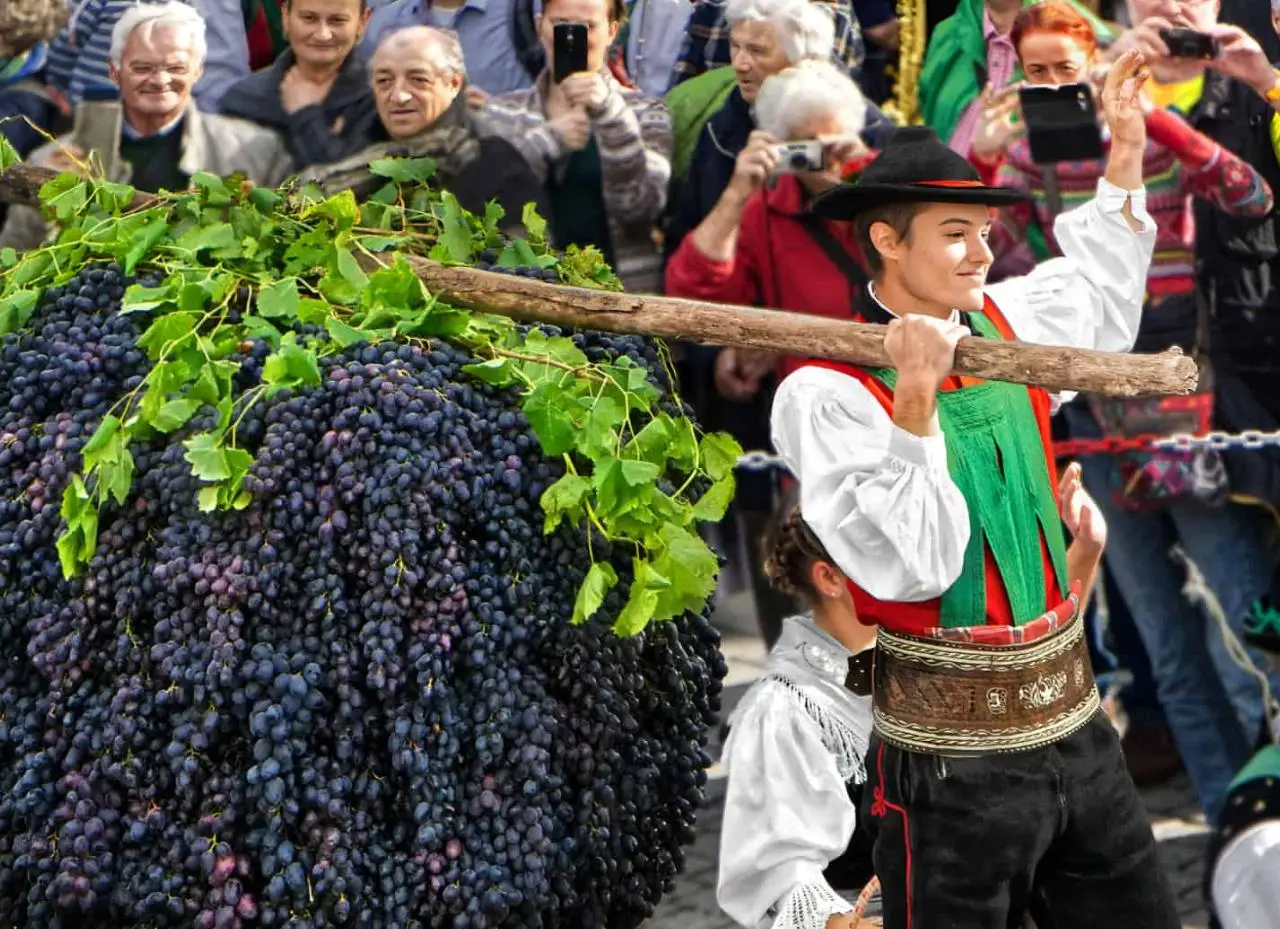
This trend forces winemakers to make a difficult choice: stick with traditional varieties and rely on adaptive cultivation techniques, or boldly experiment with newly introduced varieties?
This raises a profound question: as the climate changes, does the terroir character of a region also change? Are the microclimates that create legendary wines disappearing? Perhaps, as experts at the University of Bordeaux's Wine Institute put it, "Terroir isn't static; it's constantly evolving, like life itself."
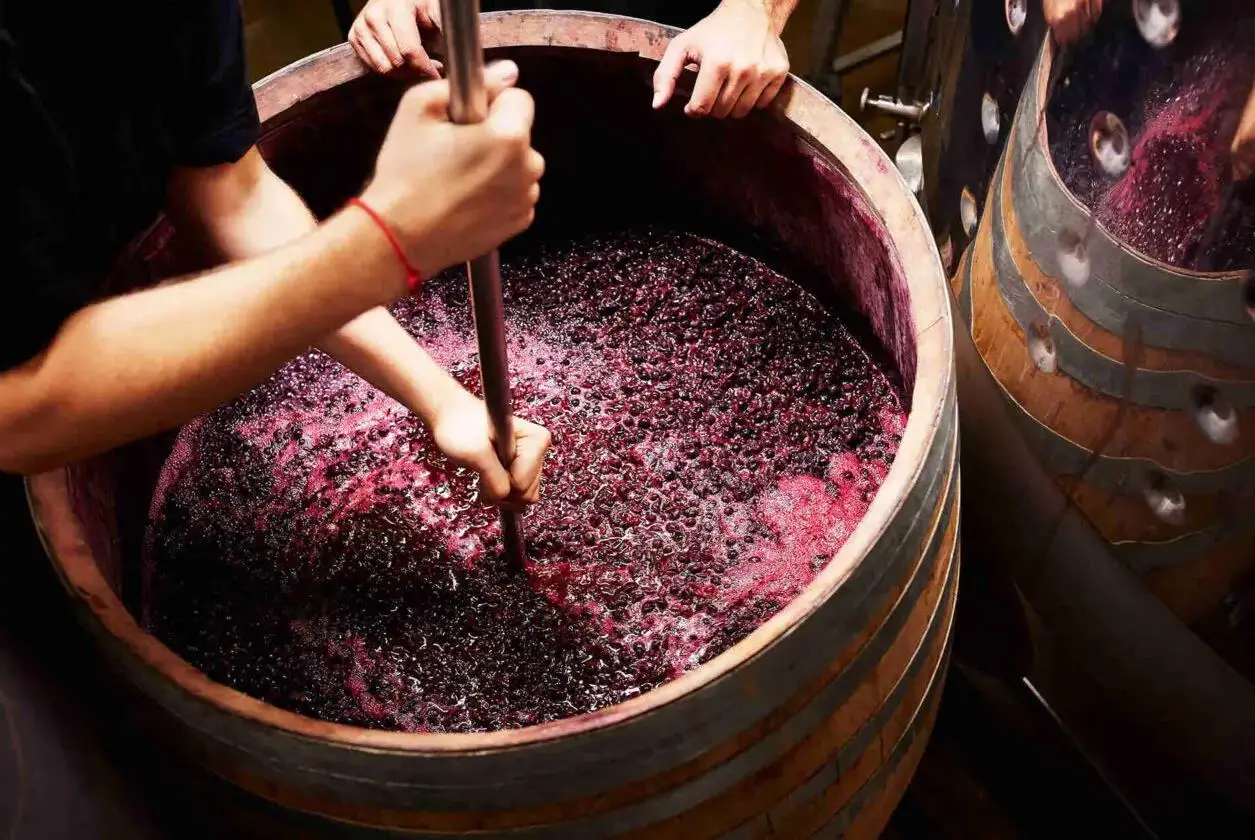
In the era of precision agriculture, some are attempting to fully quantify every element of terroir.
Technologies like satellite mapping, soil analysis, and weather monitoring are enabling unprecedented precision in grape cultivation.

But when all the secrets become fixed data, does the mystery of wine also disappear?
Legendary Napa Valley winemaker Warren Wieniarski put it this way: "Science can tell us how to do things better, but it can never explain why this land produces miracles."
Perhaps the allure of terroir lies precisely in its ineffability. And the allure of wine lies not only in its single flavor but also in its potential for imagination.